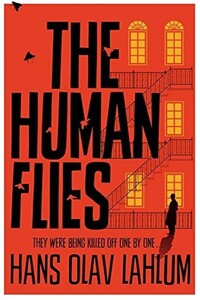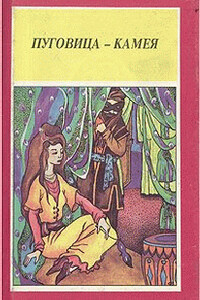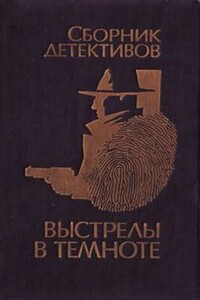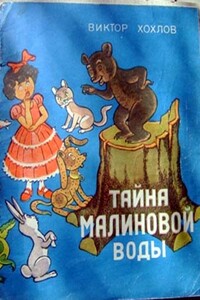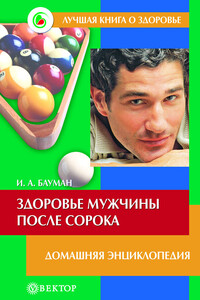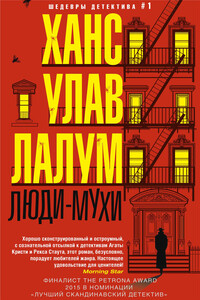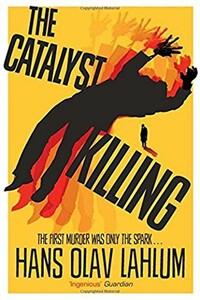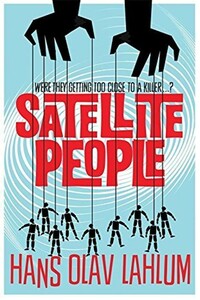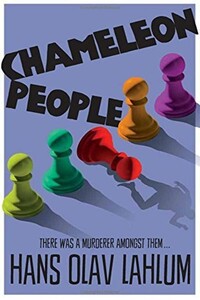In 1968,4 April fell on the Thursday before Easter. At lunch, I marked the not-so-insignificant three-month anniversary of my move to a new, larger office at the main police station in 19 Mರller Street by eating a piece of cake on my own. The date is generally remembered as the night when civil rights campaigner Martin Luther King was shot and killed on a hotel balcony in Memphis, Tennessee, unleashing a wave of racialist strife across the USA.
Of lesser interest to the history books, but of greater significance to my own life and that of those affected, was a murder that took place at almost the same time in a flat in Torshov, on the east side of Oslo. Thursday, 4 April 1968 was one of those days when the phone at home in my flat in Hegdehaugen rang late, and an impatient voice promptly talking to ‘Detective Inspector Kolbjørn Kristiansen’. It was just before eleven o’clock in the evening when the out-of-breath police constable Asbjørn Eriksen phoned to report that an elderly man had been shot and killed in his flat in 25 Krebs’ Street. The circumstances were ‘highly unusual’, according to the overwrought Eriksen. I had always regarded Eriksen as an unpretentious and levelheaded constable, so I felt the excitement surge through me even before he mentioned the victim’s name. It was only a matter of seconds after he had said, ‘It’s Harald Olesen!’ before I was out of the door and in the gathering dark, racing towards my car.
In 1968, Harald Olesen was not what one might today call an A-list celebrity. Months could pass between mentions of his name in the national press. But for those who had been young in the years immediately after the war, the image of his hawk-like face and gaunt body was still the portrait of a hero. Harald Olesen had been a well-known Labour Party politician in the 1930s. However, it was not until he was almost fifty that he became a household name as one of the legendary heroes of the Resistance. Olesen himself was extremely reticent about his experiences during the war, but this had in no way served to diminish the at times fantastic tales of his bravado as a leader of the Resistance in his home region. After the war, he was given the opportunity to serve as a cabinet minister and sat on the Council of State for four years. Following this, a couple of senior positions in the civil service ensured that he remained a familiar face and name until he retired in 1965, at the age of seventy. Now, three years later, the former hero of the Resistance and cabinet minister had been shot and murdered – in his own sitting room.
When I drove home at around one o’clock that night, having spent a couple of hours inspecting the scene and taking witness statements, I rather reluctantly had to admit that PC Eriksen’s conclusion still held true. We had a body, a crime scene and an indisputable murder, but not only did we not have a motive, a weapon or a suspect, we had no idea how the murderer could possibly have fled the victim’s flat after firing the fatal shot.
Viewed from outside, 25 Krebs’ Street was a rather ordinary three-storey brick tenement building in Torshov. The elderly caretaker’s wife who met me at the entrance told me that it had been sold and done up three years before. The improvements included a simple lift in the stairwell and bathrooms in all the flats. Otherwise, the building was more or less as it had been when it was built in the 1920s: big, grey and hard. It struck me that both the building and the caretaker’s wife could have been taken straight from Oskar Braaten’s novel The Wolf’s Den.
The drama that unfolded in 25 Krebs’ Street on the night of Thursday, 4 April 1968 had quite literally started with a bang at a quarter past ten. A shot was fired in the right-hand flat on the second floor that was heard all the way down to the ground floor. Olesen’s closest neighbour from Flat 3B was about to mount the stairs, but at that moment was having a neighbourly chat with one of the other residents on the ground floor. When they heard the shot from Mr Olesen’s flat, they both ran up the stairs immediately. The door to Flat 3A was locked and there was not a sound to be heard from within. A couple of minutes later, the pair were joined by a man from the first floor, who had left his wife and baby son in the safety of their flat and run up to the second floor. Then the caretaker’s wife came panting up the stairs. One of the residents on the ground floor was wheelchair-bound and therefore came up in the lift after several minutes. The last of the eight adult residents, a young Swedish woman, remained bolted into her flat on the first floor until the police rang the doorbell half an hour later.
